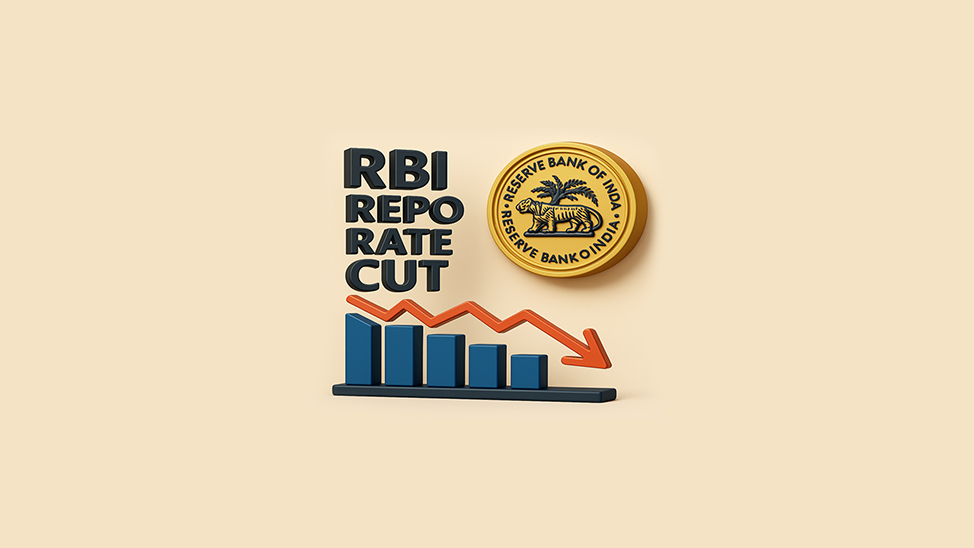Importance of Technical Analysis of Stock Trends

- Published Date: August 28, 2024
- Updated Date: January 30, 2025
- By Team Choice
Technical analysis is the inspection of the price movement of the stocks in the market.
One day the price of the share is up, and on the other day, perhaps the share price comes down, just like your life that is full of ups and downs. But, if you see the stock price movement, trends and patterns emerge, studying the charts patterns and trends of stock movement is called technical analysis.
Precisely, technical analysis examines how demand and supply of stocks affect the changes in price and volume of shares for a short period of time.
The technical analysis is built on some fundamental assumptions to predict the fashion in which the stock price is moving. Further, the professional analysts accept three general assumptions for the discipline. Both are important in stock market investment and the you have to know the different between fundamental & technical analysis, Here get more about technical analysis. That is as follows: –
Basic Assumptions of Technical Analysis
Price Discounts Everything
To predict the future stock price with past data, investors use two approaches, namely fundamental analysis, and technical analysis. Fundamental analysis studies the company’s financial statements along with micro and macro-economic data as well as the risk factor of the stock on the current market price in a given period. Conversely, the technical analysis considers only the price movement.
Technical analysts assume all investors are already aware of everything about a stock as anything that affects the price is considered beforehand by incorporating fundamental analysis.
Therefore, the only thing studied under technical analysis is the price movement that gets affected by the forces of demand and supply represented on charts.
Prices Follow a Given Trend
This assumption shows the price follows a past trend rather than moving unevenly. Each stock chart depicts its unique trend and the stock price moves within the trend. It shows which stock will trend in the pattern. When a trend gets established the stock price is assumed of moving in a particular pattern until a new trend is formed.
Open a FREE Demat Account in 5 Mins.
- Free AMC for First Year
- Low DP Charges (₹ 10)
- No Auto Square Off Charges
- Free Research Advisory
But in reality, there is some randomness dominating the stock price, as uncertainty surrounds the stock price movement because of the volatile nature of the market.
Patterns in Price Movement Often Repeat Themselves
There are only patterns, patterns on top of patterns, patterns that affect other patterns. Patterns hidden by patterns. Patterns within patterns. If you watch close, history does nothing but repeat itself.Chuck Palahniuk
The last assumption of technical analysis states that trends are repetitive, and both human behavior and human history repeats itself. As the stock price pattern is repetitive, technical analysts observe the past stock price to predict future price trends by using the chart patterns. The repetitive nature of the trends is a clear sign of the fixed market psychology.
How to Select Stock for Short Term Trading?
Selecting the stock is a vital process under technical analysis; this approach is mainly used by traders for short-term trading.
Stock Charts
Using stock charts is a vital aspect of technical analysis, performing a technical analysis without using a stock chart is like driving a scooter without petrol. The stock chart is the graphical interpretation of the stock price trends. The stock chart depicts the trading volume with respect to time. There are mainly three types of charts used widely.
- Line chart
- Point and Figure chart
- Candlestick chart
In subsequent blogs, we will deep dive into how to use these charts in order to shortlist the stocks.
Simple Moving Averages Method
Simple Moving Averages takes an average of 20 days, 50 days, 100 days, and 200 days and is used by the analysts to make buying and selling decisions of the stock. It is mainly suited to predict whether the asset price will continue to be the same, or will it show a reverse trend. Short-term moving averages are quick to respond to the changes in the stock price, while long-term averages are slow to react to the same.
The analysts examine the direction of the moving averages to get an idea about the stock price trends. If the price is in range, the angle of moving averages will be sideways. If the price is falling, the pointer will be in the downward direction, and when the price goes up, the arrow of moving averages shows an upward trend in the stock price.
Support and Resistance Levels
The support price is the price where there are more buyers than sellers, and in contrast, the resistance level is where sellers are comparatively more than buyers.
The resistance level is the level above which the stock price will not increase because of high supply.
The chances of the price rising, reaching the resistance level, thereafter declining is high. The resistance level indicates that now it is the time to sell the stock.
The support level is the price point on the chart where the stock price is prevented from falling further. When the price falls to the support line, the stock price bounces back. Support level gives an indication to buy the stocks.
Technical analysis uses support and resistance level to identify price points on charts, where the stock price can be predicted, as to whether it will remain the same or will show a reverse trend.
The Advantages of Technical Analysis
- Data for predicting the future stock price is easily available and reliable in the case of technical analysis. The technical data incorporates the economic indicators, therefore the analysts don’t wait for the monthly or quarterly report to observe and then act.
- Technical analysis provides quick information as all the data gets available in one chart. In a fraction of seconds, the investor is able to recognize whether the trade is worth entering or not.
- The profit target and risk management parameters can be easily assessed.
The Disadvantages of Technical Analysis
- Technical analysis doesn’t take a deep drive in the ocean of the stock market and its trends. A deeper understanding gets ensured by fundamental analysis.
- The technical analysis shows the short-term trends in stock price but fails to provide a long-term analysis of stock price trends. The long-term analysis is stated by fundamental analysis.
At last, the technical analysis is the apt tool for predicting future stock prices by using past trends for short-term trading in order to make quick money.
Recommended for you

RBI Repo Rate Cuts by 50 BPS to 5.50%

List Of Mutual Funds with No Exit Load

Aplab Ltd Right Issue 2025
